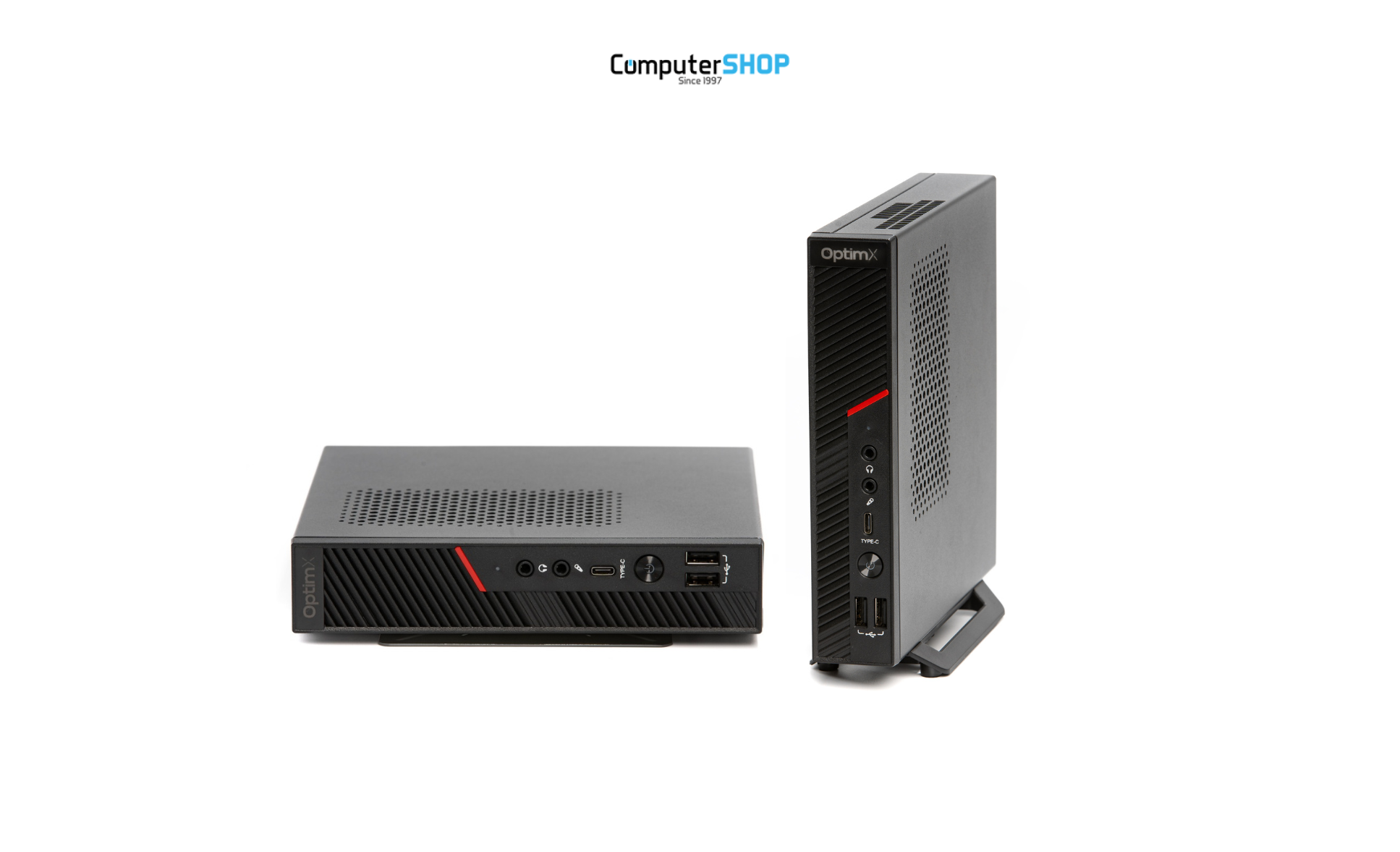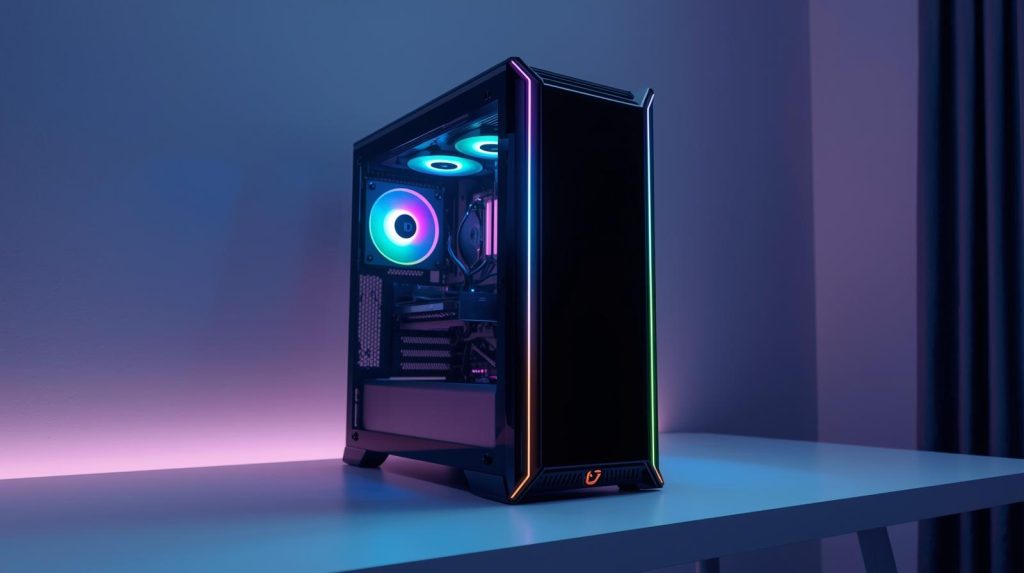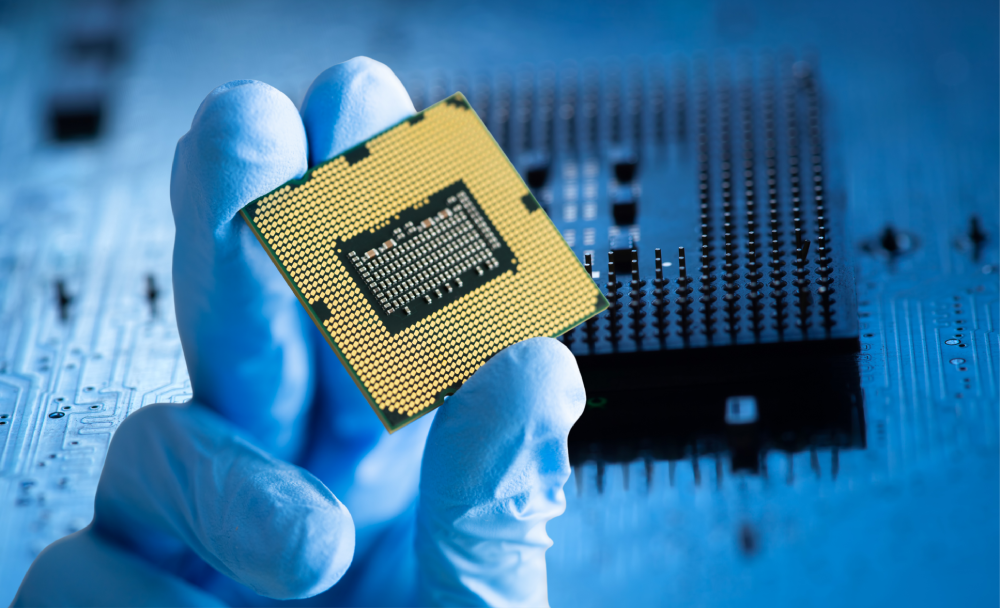
What features should an office PC have?
In a world where productivity and efficiency matter more than ever, choosing the right office PC can make the difference between a smooth workday and one filled with frustration. Whether we’re talking about accounting tasks, document writing, email communication, or managing more complex applications, an office desktop needs to be configured correctly, based on the user’s real needs.
Next, we present to you the most important features that a modern office PC must have.
1. The processor – the brain of any office PC
The processor (CPU) is the component that directly influences the speed of application execution. For office tasks, you don’t need a gaming processor or a very expensive one, but you shouldn’t choose an outdated model either.
Minimum: Intel Core i3 / AMD Ryzen 3 for simple tasks (Word, Excel, email).
Optimal: Intel Core i5 / AMD Ryzen 5 for multitasking, working with databases, CRM or ERP applications.
A modern processor, with at least 4 cores, ensures a smooth experience and longer system life.
2. How much RAM does an office PC need?
RAM is vital for running multiple programs simultaneously. While 4 GB of RAM used to be sufficient, the recommended minimum has now increased significantly.
Minimum recommendation: 8 GB RAM
Ideal for the future: 16 GB RAM
With 16 GB of RAM, you can run multiple applications in parallel (browser with many tabs, accounting programs, cloud applications) without slowdowns.
3. Fast and reliable storage with SSD
The storage drive significantly influences the speed of system startup and file opening.
Always choose an SSD, not a classic HDD.
- A 256 GB SSD is enough for documents and office applications.
- 512 GB is ideal if you work with large volumes of data.
For safety, automatic backup to the cloud or to an external hard drive is also recommended.
4. In the case of an office PC, the video card is not a priority
An office PC does not need a dedicated video card, unless graphics applications are used (e.g. AutoCAD, Photoshop).
General recommendation: use integrated Intel UHD or AMD Radeon Vega graphics, which provide sufficient performance for office and multimedia tasks.
5. Connectivity and ports
A desktop computer must offer modern connectivity:
- USB 3.0 ports for high transfer speeds;
- HDMI for connecting to modern monitors;
- Wi-Fi and Bluetooth for wireless connectivity;
- Optional Gigabit LAN port for a stable network connection.
6. Efficient power supply and compact, quiet housing
An often overlooked aspect is noise levels. In an office environment, a quiet PC increases comfort. Choose a quality power supply (80+ Bronze or better) and a well-ventilated, yet quiet case.
If desk space is limited, consider a compact, SFF ( Small Form Factor) case or even a mini PC, which offers similar performance to a classic system but takes up much less space. These modern models are designed to run quietly, have an efficient cooling system, and consume less power.
7. Operating system and security
For a professional environment, it is essential that the PC runs a licensed operating system, with built-in security and management features.
8. Value for money
A high-performance office PC doesn’t have to cost a lot. In 2025, you can find a reliable office system for between 350 and 700 euros, depending on the specifications. Avoid models that are too cheap, which can quickly become outdated.
Conclusion
A high-performance desktop computer should be equipped with: a modern processor, enough RAM, a fast SSD and a silent construction that, ideally, does not take up too much space. You do not need gaming components, but reliability, stability and constant speed in everyday tasks.
By carefully choosing each component, you ensure that your investment in an office PC will bring efficiency and comfort for the next 5 – 7 years.










